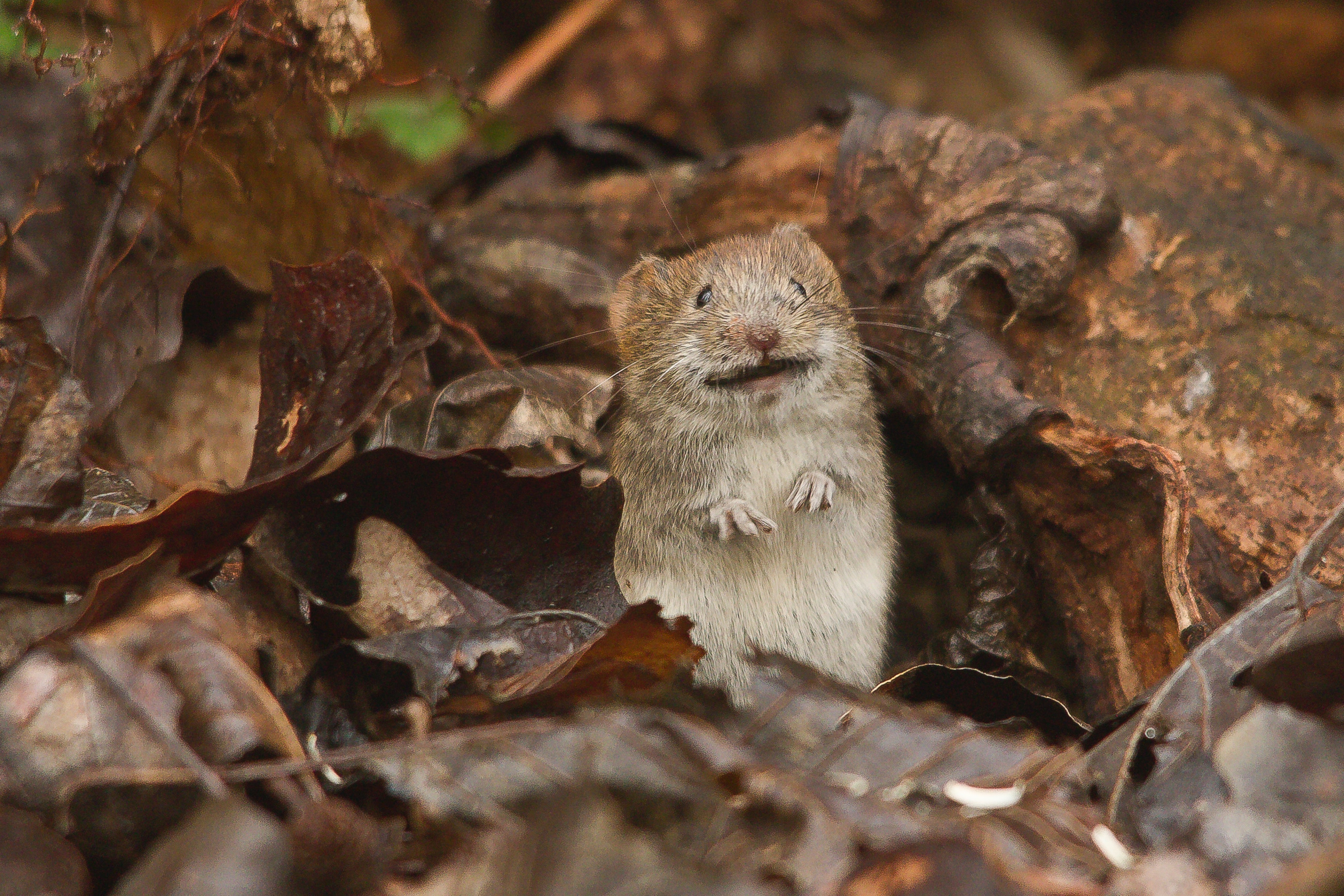Mouse Coat Colour

At a Glance
Discipline
- STEM
- Biology
Instructional Level
- College & CEGEP
Course
- Biology I
- Molecular genetics and evolution
Tasks in Workflow
Social Plane(s)
- Individual
- Group
Type of Tasks
- Collecting & seeking information
- Discussing
- Solving problems
- Reading
- Taking a quiz & test
Technical Details
Useful Technologies
- Clicker System
Class size
- Small (20-49)
Time
- Part of a semester (4-6 weeks)
Instructional Purpose
- Application & knowledge building
- Assessment & knowledge refinement
Overview
In this activity, students will review and link the molecular, cellular and genetics knowledge to evolution.
Students try to link molecular mechanics and genetics to phenotype changes in Pocket Mice, and how these traits play an instrumental role in defining natural selection, population genetics, and speciation
This interrupted case study is covered in six classes that span over a period of 4-5 weeks, where the first three classes are review modules that serve as a basis for the core of the case study that is mainly covered in the latter three classes.
The three review modules utilize Just in Time Teaching strategy. Students prepare for these modules by studying the relevant chapters before entering to the classroom. Each module is based on the preceding one, which helps students grasp how these different aspects in Biology tie together and to see the big picture.
In the classroom, students work in groups to answer series of questions that cover different aspects in the case study. The questions are presented as short and long answer style. Students will not have the time to finish the questions during the class time, so they will be given the answers and are encouraged to work on them on their own and ask questions if they have any.
Review class which takes place during class period 5 which is typically in week 3 of the semester, where students have to determine the type of the molecule in question.
Review class which takes place during class period 9 which is typically in week 5. This class is covered just before the unit test and students investigate the cellular aspects of producing the pigment of interest.
Review class which takes place during class period 15 which is typically in week 8. In this class, students unveil the mechanism by which the gene functions. In class, students watch a truncated version of a documentary on “Mouse Coat Colour” at the beginning of the class, which can be accessed here (Students can watch the full version only after class 4, which covers Natural Selection, as the video ties concepts in genetics and natural selection together.Therefore, watching the video before class 4 would be a “spoiler”. The full 10-minute documentary can be accessed here.
Novel content classes which take place during class periods 16-18 which is typically in weeks 9-10. In this module, [partial] Flipped-Classroom along with Just in Time Teaching strategies are utilized. Students rely on the textbook, lecture slides, YouTube videos, Moodle videos and concept maps (in any order) to prepare for this module. Students also attempt 10 pre-class multiple-choice questions on Moodle (7-8 questions are simple recall/understanding questions, while the remaining are application/analysis questions).In class, the instructor covers (using powerpoint slides) key concepts, placing great emphasis on the areas students struggle with the most (based on the pre-class MCQs). These questions are used within the lecture to discuss any misconception and illustrate how concepts apply to the questions. The instructor also interrupts the lecture with MCQs that students discuss and answer in groups using iclickers. Students are allowed to ask the instructor questions during the discussion period, even though they seldom do. This all takes approximately 2/3 of the class time.The last 1/3 of the class is dedicated to the in-class activities posted on Moodle (The activities are on Natural Selection, Population Genetics and Speciation, covered in class 4, 5 and 6 respectively). Students work on these questions in groups, but they do not finish the activities during class due to time constrains. Students are encouraged to complete the activities on their own time and discuss the answers with their peers or instructor out of class.
Instructional Objectives
Students will be able to
- Relate molecular mechanics and genetics to phenotype changes in Pocket Mice
- Explain phenotype changes and its role in defining natural selection, population genetics, and speciation
Workflow & Materials

Activity Workflow
Applied Strategies
Published: 14/08/2019
Copyright: © 2025 Laroche. This is an open-access article distributed under the terms of the Creative Commons Attribution License (CC BY). The use, distribution or reproduction in other forums is permitted, provided the original author(s) and the copyright owner(s) are credited and that the original publication on this website is cited, in accordance with accepted academic practice. No use, distribution or reproduction is permitted which does not comply with these terms.


